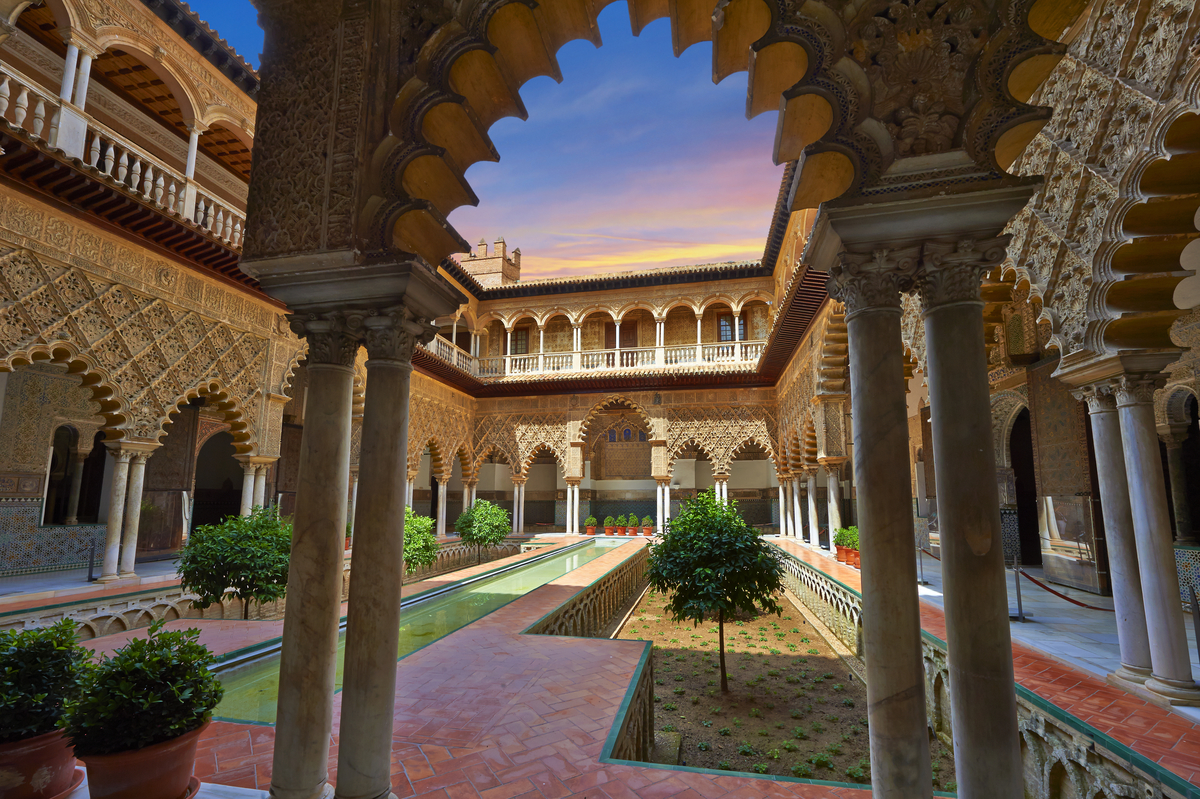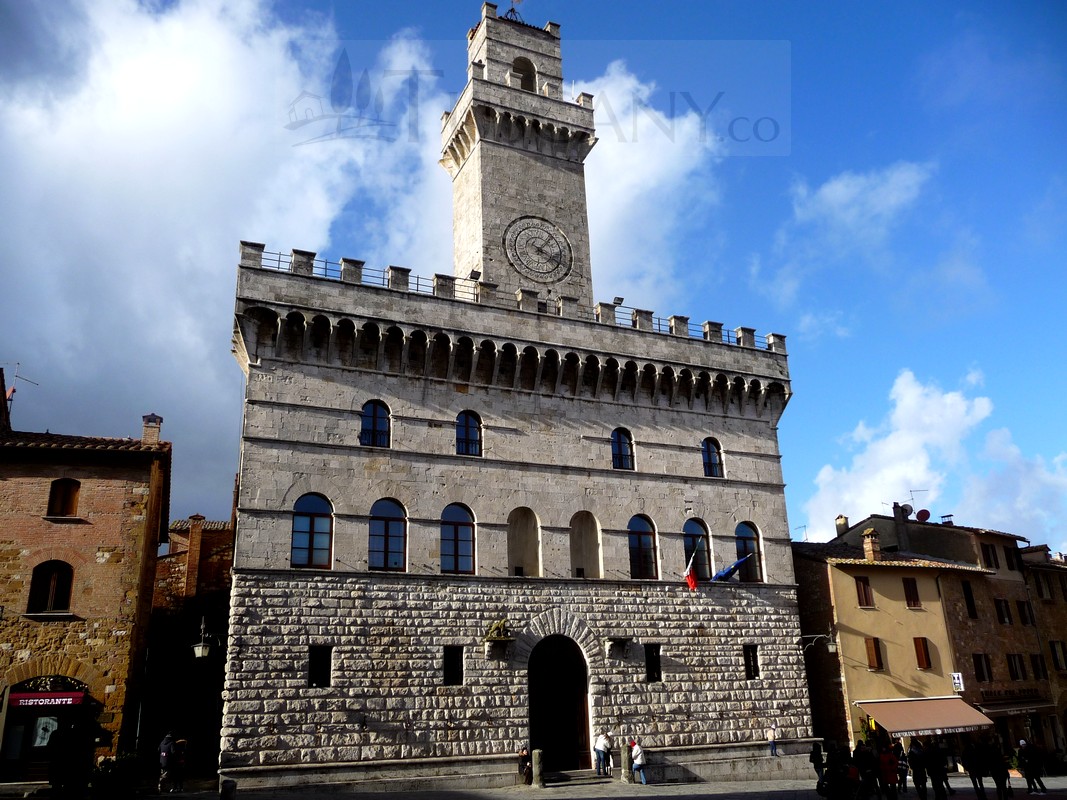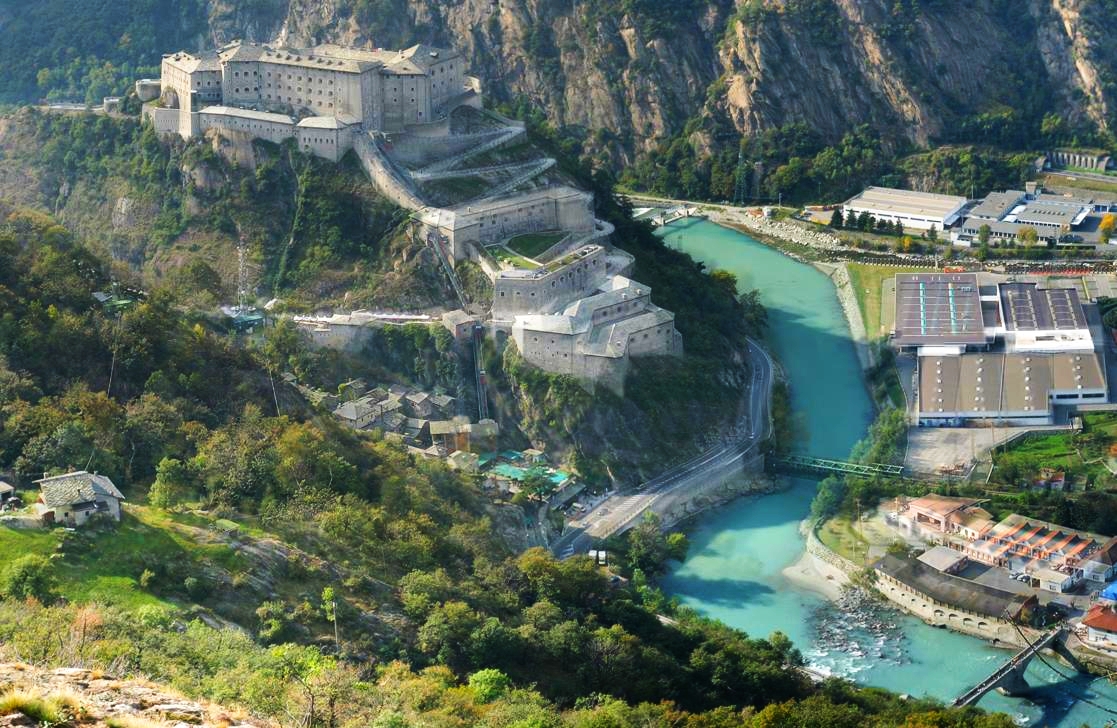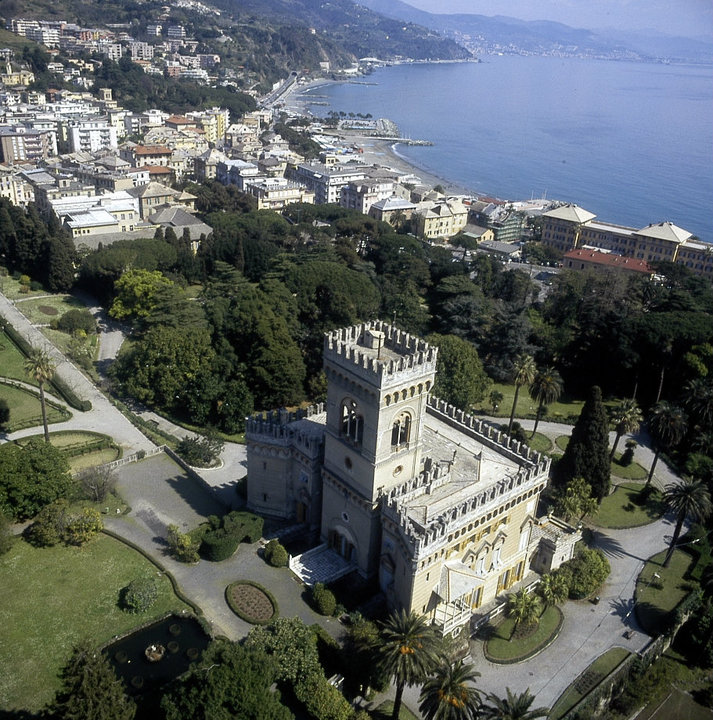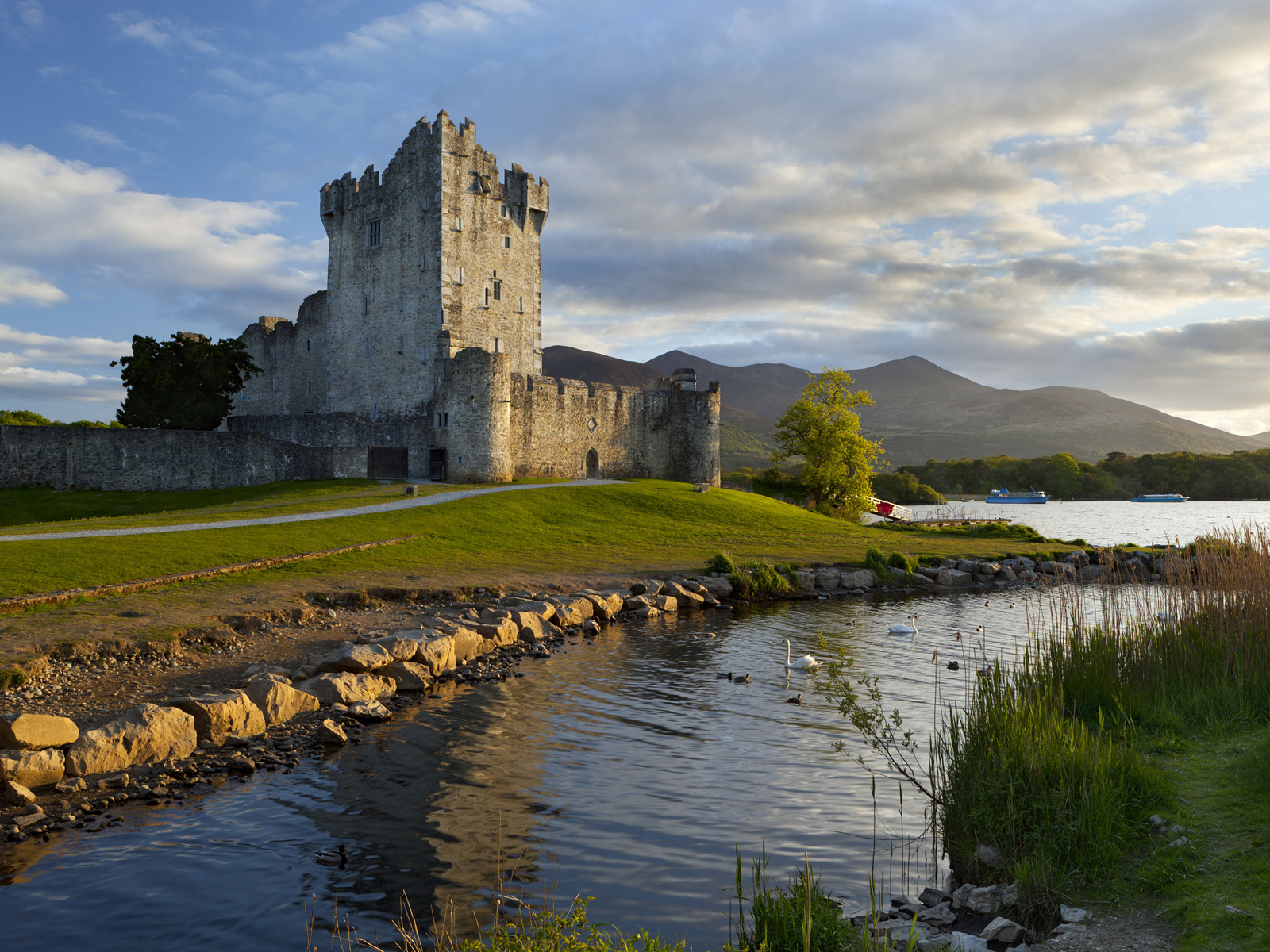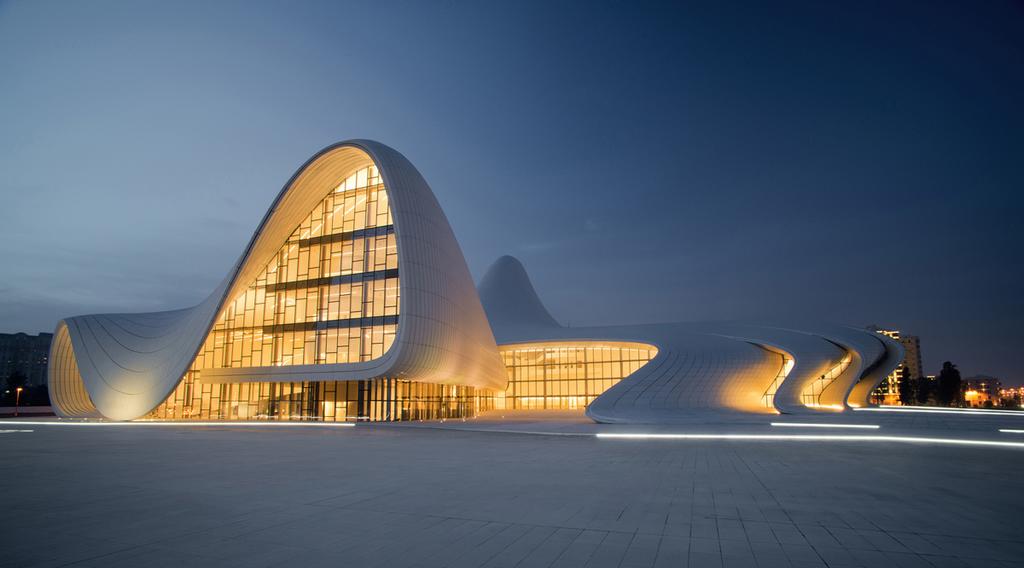The Real Alcazar in Seville is one of the oldest Palaces in use in the world. A palace that has experienced distinct stages in time, from the end of the eleventh century to the present day, and which has contemplated, from its walls, the influence of the different cultures that have permeated Seville.
The Alcazar is a faithful witness to the history of Seville, marked by the diversity of cultures and legacies that have all left in this city. Strolling through its avenues dotted with orange and myrtle trees takes us to another moment, another era, which undoubtedly marked the trajectory of our City.
Built in the 8th century on the remains of a Roman fortress, it was enlarged under Mohammed ben Abad in the 11th century but it is under the rule of Peter I the Cruel (14th century) that it became the splendid palace we know today. The sovereign enlisted the best Arab craftsmen who preserved the decorative traditions of the Islamic era in their works, introducing details requested by Christian clients. The Alcázar is among the highest examples of Mudejar art and architecture (artistic expression developed during the Christian reign of Spain) in Spain, can be compared to the magnificent Alhambra of Granada. Among the things to see in Seville is undoubtedly the main one, along with the Cathedral.
